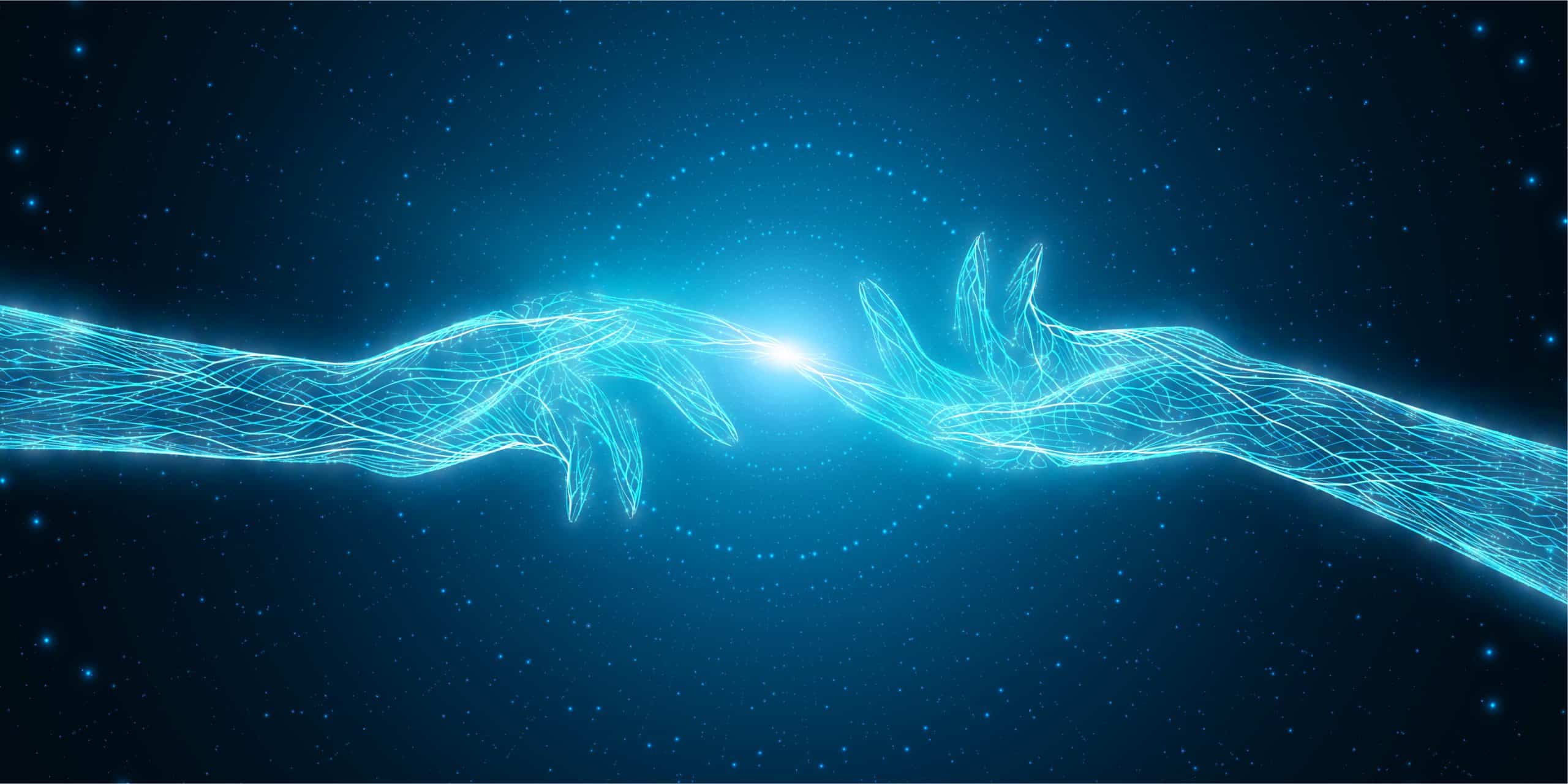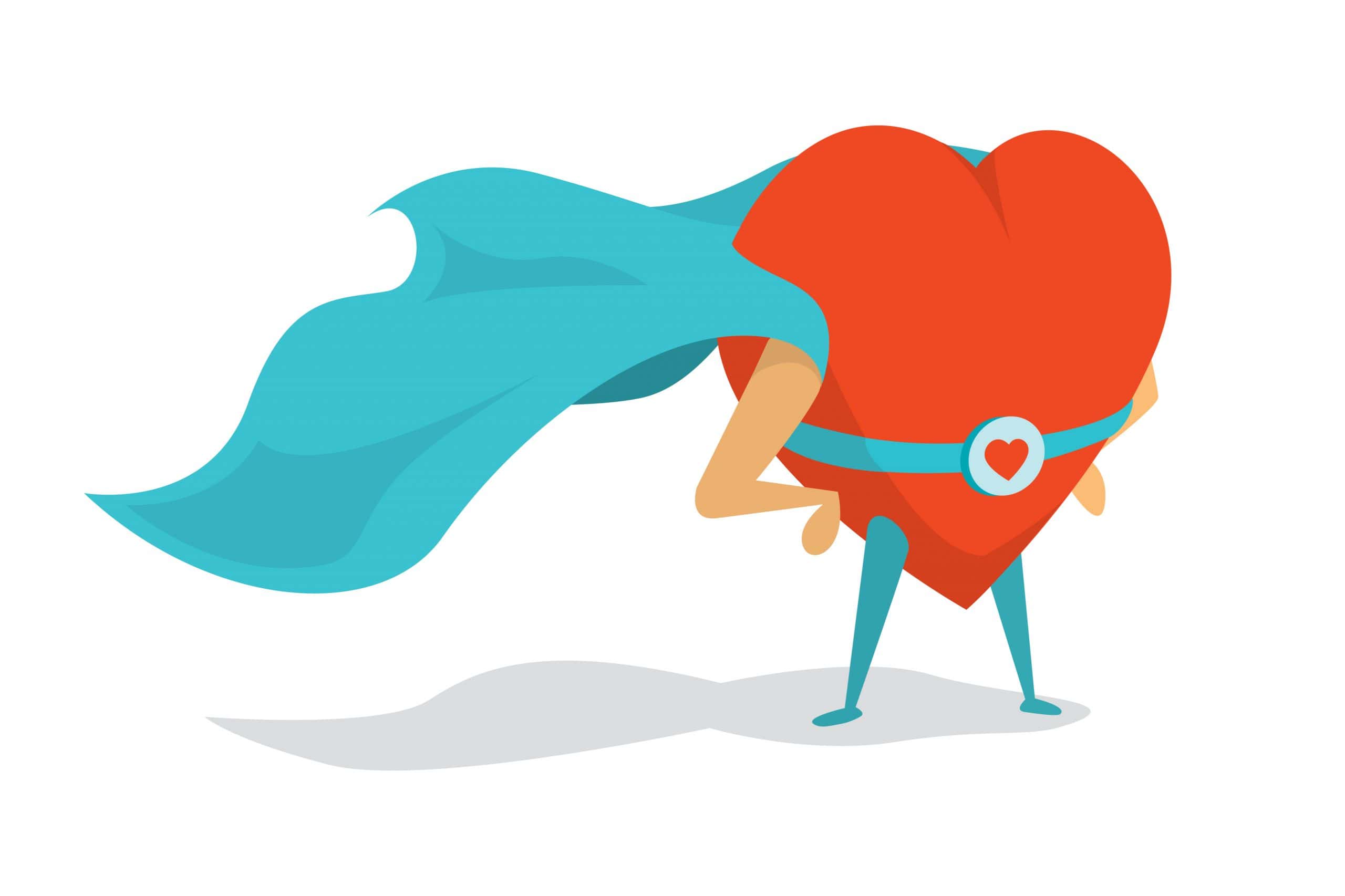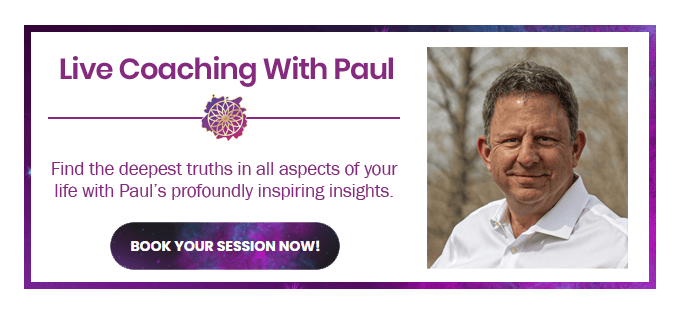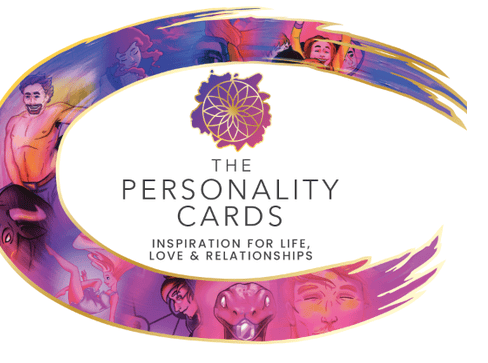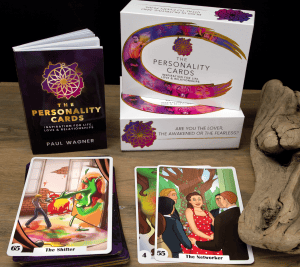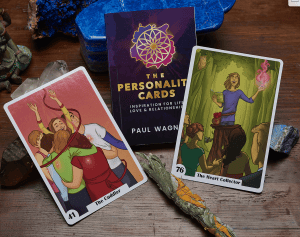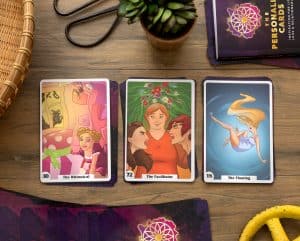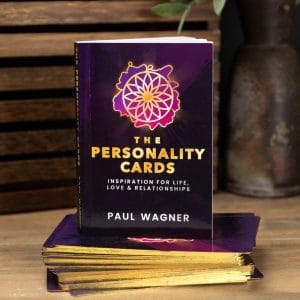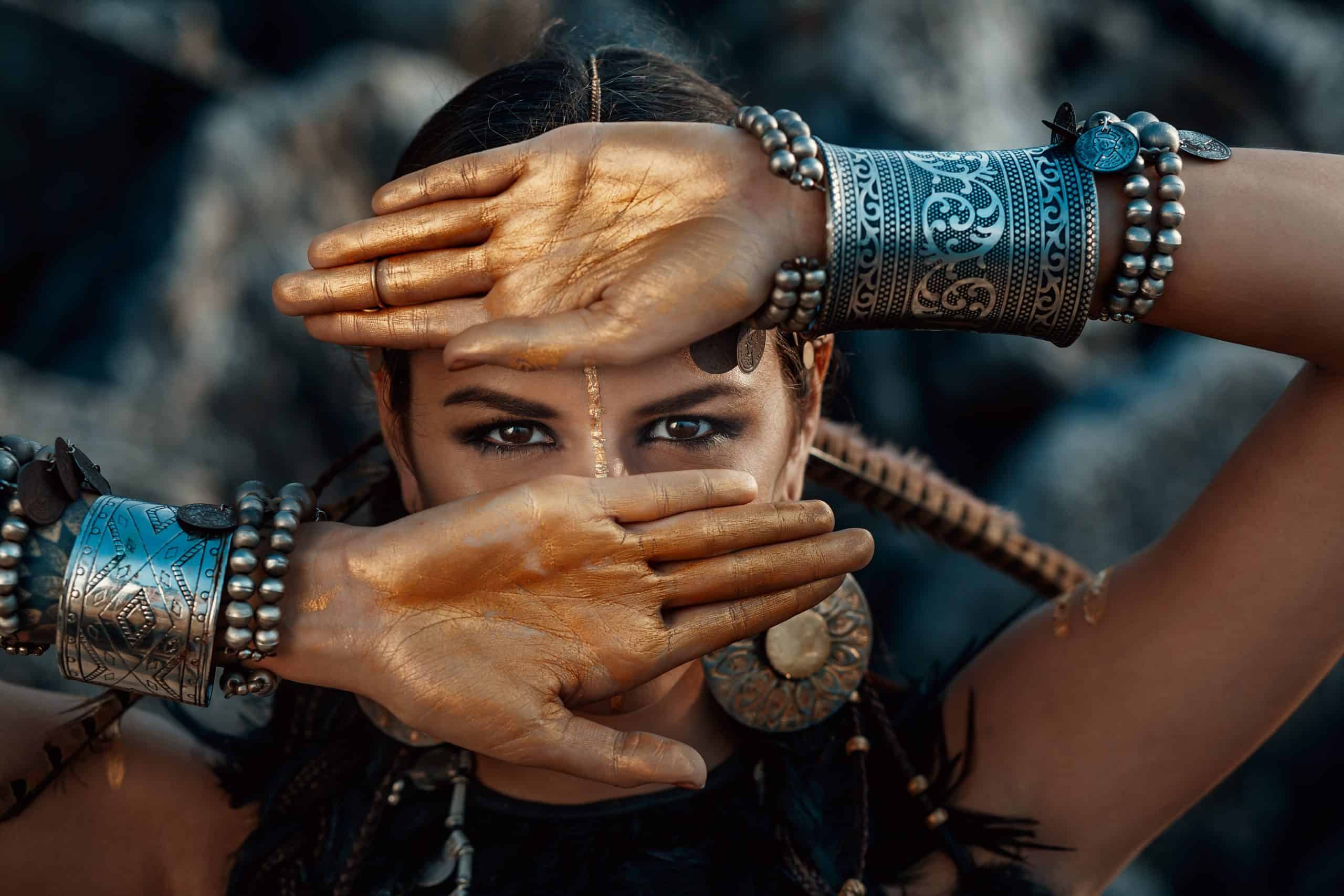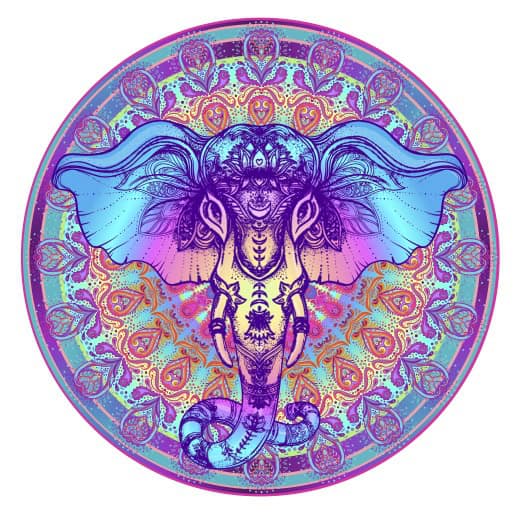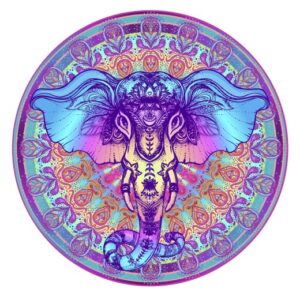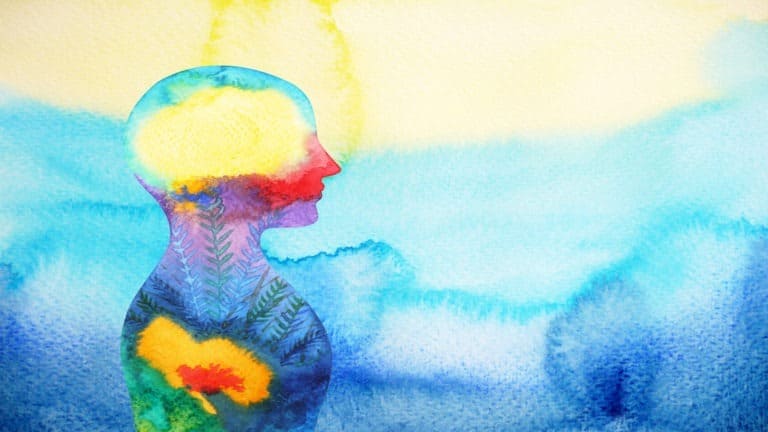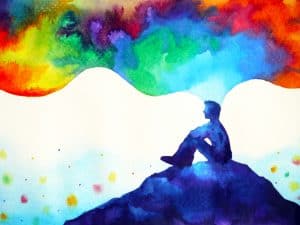
Mindfulness – The Trendy, Undisciplined Vacuum: A Shutterstock Licensed Image
Can Mindfulness Be a Bad Thing?
We are born as electric, wild creatures, infused with limitlessness, and empowered by the infinite array of energies found in every galaxy throughout the universe. There are subtle-bodied energies, planetary and other-realm influences, magnetic pulls, angelic blessings, and the biochemical reactions that result from living in a vast, 3-dimensional, physical reality.
We are powerful, to say the least…
Mindfulness is a concept that has been steadily injected into our social media feeds since the early 2010s. There are thousands of mindfulness teachers, corporate trainers, new-agey yoga folks, and beautiful monks seeking to enlighten the world with this simple modality. The concept goes something like this:
By being aware of our conscious Self, actions, and emotions, and focusing solely on the present moment, we can become calmly aware of our realities, bodily sensations, and natures, and objectively engage with our realities.
It all sounds wonderful, beautiful, and transformative. Who wouldn’t want to live in such a way? When embracing this ancient Buddhist tradition, what could possibly be harmful or restrictive to us? How, really, can mindfulness limit us?
The problem with mindfulness is that it’s been co-opted by the New Age movement. You remember this movement, right? It’s the often narcissistic, over-feminized, spiritual ideology that teaches people to objectify and worship themselves. Meanwhile, it rejects the idea that it takes work to improve ourselves.
The New Age is the same quasi-religion that promised a perfect balance out of one side of its mouth while exalting the spiritual ego out of the other. This mish-mash style of spiritual development sounds good, but sometimes it’s nothing but rainbow-colored quicksand.
The New Age as the Selfie of Spiritual Ideologies.
The way that mindfulness is often taught isn’t necessarily damaging, it’s just that it has limited value, and might not help us evolve. While it might keep us out of trouble for 10 minutes, mindfulness is missing a long list of steps and experiences. And it’s filled with presumption.
Today’s corporate mindfulness is nothing but a stolen final-phase, poorly extrapolated from meditating monks. It’s the most overused brick in the foundation of the faux-spiritual paradigms amidst today’s convenient spiritual truths. The way that mindfulness is currently portrayed, marketed, and taught is half-baked at best.
Every day we see trendy snippets from the world’s purest liberation practices flowing through our feeds. These snippets are comforting, but without context, they circumvent the pathways to liberation and enable our denial. To truly liberate, we must begin by acknowledging who we are. We must embrace our compositions and desires, not judge them. We have to start by practicing and perfecting the person we’ve become, so we can understand what and who we are seeking to abandon.
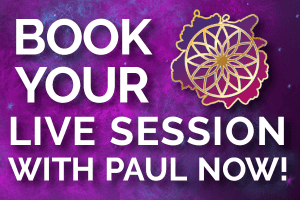
We need to love ourselves, despite our mistakes. This requires that we explore and express our passions with abandon. If we don’t know our curiosities and desires, how can we move through them? How can we expand?
Many students of mindfulness have created a new personality to justify their goals and the money they paid for the mindfulness classes. They’re not investigating their uniqueness and power, they’re avoiding it, having relegated their true Self to a locked, labeled closet. They’re afraid to be themselves, so they picked a prettier “me.”
Unless you’re an avatar, you probably can’t extinguish your nature by avoiding it. It’s better that you celebrate it and love it to death.
After all, the ego is the I am, and without the ego, we are not.
While pursuing mindfulness, if we aren’t also honoring our emotions and shortcomings, we’re adopting temporary self-identities and fooling ourselves. To rebirth ourselves and embark on a path toward authenticity and liberation, we might not always be peaceful and mindful. Those pleasant ideas might be the antithesis to our evolution!
To take full advantage of this physical reality that we were born into, there are times when it’s vital to be wild, aggressive, hateful, and full of rage. How else can we know the spectrum of our humanity? And how else can we embody empathy with the hope of helping humanity transform?
Do you see the truth here?
- If you cannot be authentic, you cannot know your limitations or expanded potential.
- If you do not embrace who you are in this moment, you have no platform from which to evolve.
- If you do not begin with accepting your desires and affections, you cannot know what is truly important to you.
- This means that without letting it all flow, you cannot know your path to liberation.
Our true Self is the unrestricted one. In our exploration of our true Selves, we can become aware of our vasanas (problematic attributes and latent tendencies), and then consider releasing them. Heck, we can even enjoy them for a time. We might have moments where we feel a deep peacefulness, and we might begin to taste our true natures and Selves. But if we have not accepted and loved ourselves along the way, we will arrive at the precipice of liberation without having paid the price of admission. We will be forced to turn-around and begin again.
Wait, aren’t we all permitted to expand and enter the kingdoms of Heaven and expanded consciousness?
Yes. We all have tickets to the eternal realms and our most evolved Self, but most of us are obsessed with how we appear to others. Most of us are stuck in hierarchical paradigms that offer no promise of self-acceptance or liberation. The majority of souls living on this planet right now are obsessed with OPP – Other People’s Opinions.
In general, we don’t form our paths and personhood from self-exploration. We create ourselves by believing in religions, trends, misinformation, and self-limiting ideologies. Why? Because we all feel less-than, and we all feel guilty.
Rather than celebrate this complex universe and the gifts we’ve been given, we squash them with political correctness, over-analysis, and self-judgment. Rather than seek forgiveness and the healing of our guilt from within, or in partnership with the divine, electric universe, we ask forgiveness from our religious leaders, families, lovers, and friends. We might also demand it from strangers.
This type of projection-styled life results in two things: a long, repetitive journey – and a failure to achieve our objectives related to self-realization.
Can I choose to be who I truly am, right now?
Sadly, we cannot expand unless we relax into who we are at this moment. We have to forget about the “shoulds” that are over-sold to us by religions and new-ager ideologists, and instead, invest in fully accepting who we are right now. This includes allowing our anger, prejudices, desires, addictions, and bad habits.
To be mindful is lovely. But if we’re ignorant and resentful of who we are, our mindfulness will be based on a projection, illusion, and the false Self. This means it will be based on fantasies and result in experiences that only our false, temporary, contrived Selves will experience. This leaves us completely out of the picture.
In this case, our pursuit of mindfulness will result only in temporary, elusive, possibly damaging, alter-ego gratification – and nothing else.
Where do we go from here?
There’s a reason mindfulness has become so popular in corporate culture: everybody wants to be told that 10 minutes of meditation per day will enable them to change the world – and make money at the same time. It’s a scam.
There’s no simple formula for self-exploration. There are thousands of paths that could lead to expansion and liberation. While everybody is unique, and no path is absolute for all Beings, below are a few steps that might lead you to know and accept who you are right now.
These ideas might also help you break free from your limiting, temporary, and fantasy-based self-identities:
– Accept and love everything about yourself without limits. Remember that every aspect of you is a gift, and it provides a pathway toward a related but more evolved aspect.
– Encourage yourself to explore the people, activities, and beliefs that make you feel good, delicious, excited, and free.
– Enjoy actively participating and validating these aspects. If you love food, find ways to celebrate it. If you love punching people’s faces, take a boxing class. If you love sex, find sexual partners who might fulfill this desire-base.
– While having these experiences, allow yourself to deepen your appreciation for them. As you experience highs, relish them with every part of your Being.
– When you see holes in your beliefs, lows in your experiences, and unforeseen repercussions that make you nervous, consider how you might up-grade or release each of them.

– As you experience projection-failures and relational breakdowns with the people and events that you once thought were valuable, make a note of what you learned from each one.
– Practice gratitude often.
– Consider what you’ve learned. Look within yourself to see how you have participated in these things. Seek to understand why you may have chosen them, why they were successful, and how they may have been less than adequate.
– Explore the possible reasons why you objectified and over- or under-validated yourself, others, and the events that unfolded.
– Allow yourself to feel and express the emotions that are related to your explorations, celebrations, and disappointments. Let it all out.
– Ask yourself why you chose these people, events, and passions in the first place. Answer honestly.
– Forgive everyone involved in each of your disappointments.
– Own the choices that led you to be involved with these people, events, and passions.
– Forgive yourself.
– Upgrade your beliefs and continue exploring what feels enjoyable, connective, and real.
Explore, experience, accept, forgive, emote, let go.
Throughout this process, you’ll evolve.
To improve your realities, both internal and external:
- Embrace relationships, thoughts, intentions, rituals, and ideologies that are infused with liberating principals. Don’t skim off the top, devour the entire stew.
- Seek love only from those who fully accept you for who you are, and what it means to love you.
- Most importantly, be yourself. Be fully embodied and authentic in this lifetime.
- Allow your desires to move through you, not solely for your pleasure, but also so you can learn to dissolve the false-Self and embrace your true, eternal Self. You can’t simply step into a new identity without first absolving the prior.
You are the embodiment of a trajectory that holds every answer you seek. There are no limits, other than those imposed by your oppressors and your loving heart.
Let it all out. Be authentic. Forgive everything. Allow the universe to accept, love, and perfect you.


